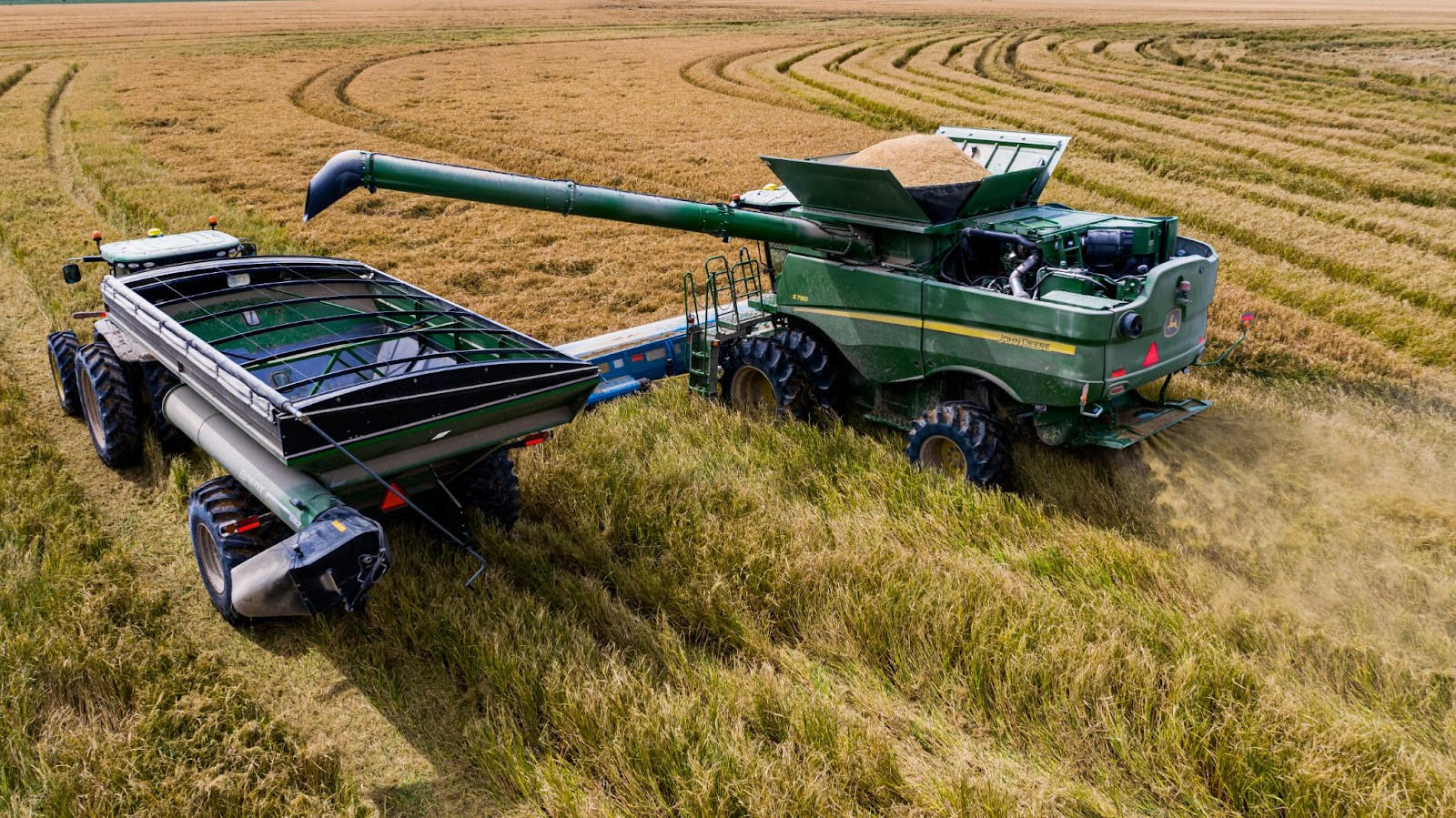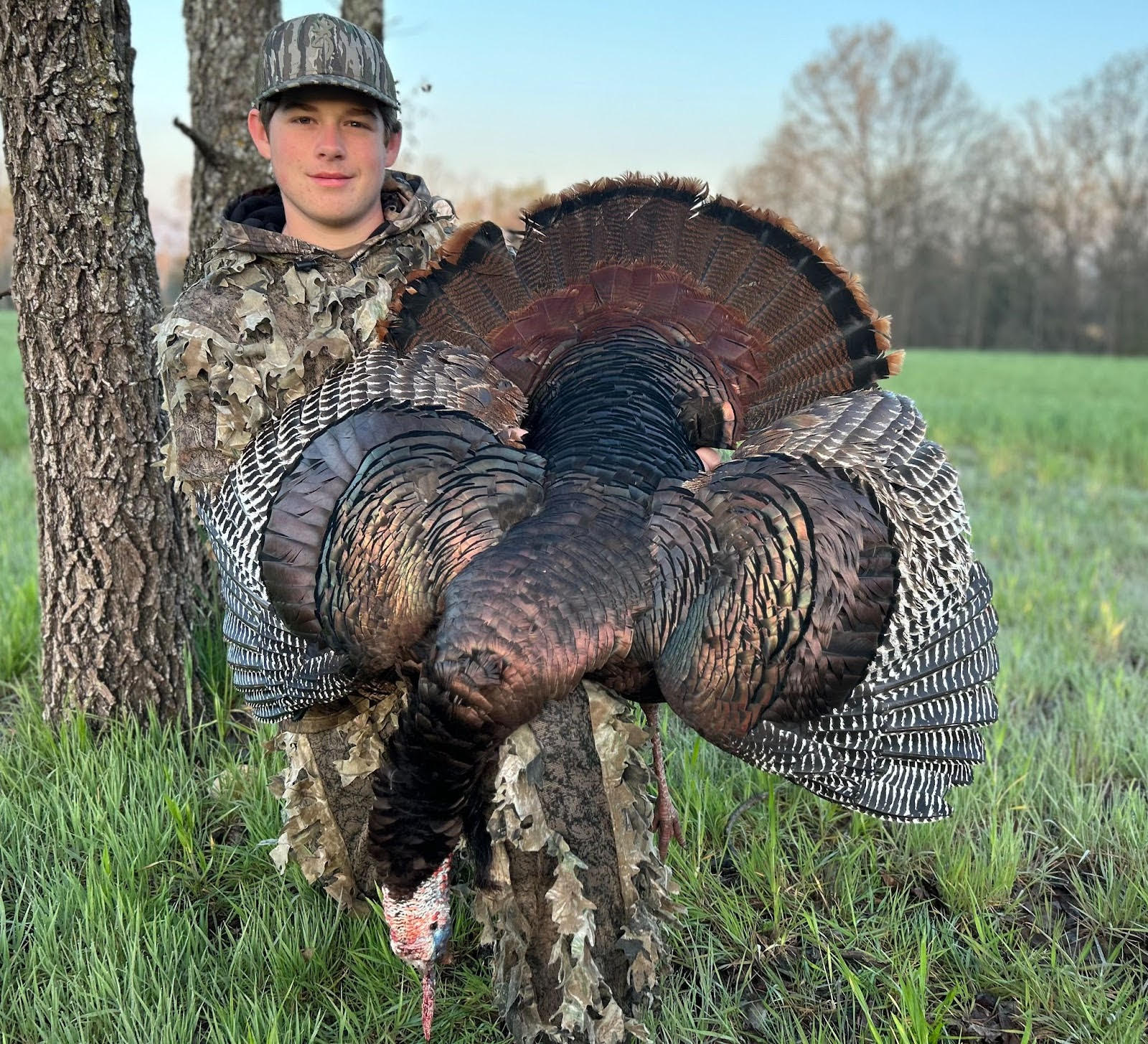Fish harvest is a key tool in conservation of resources
BY Jim Harris
ON 06-10-2020
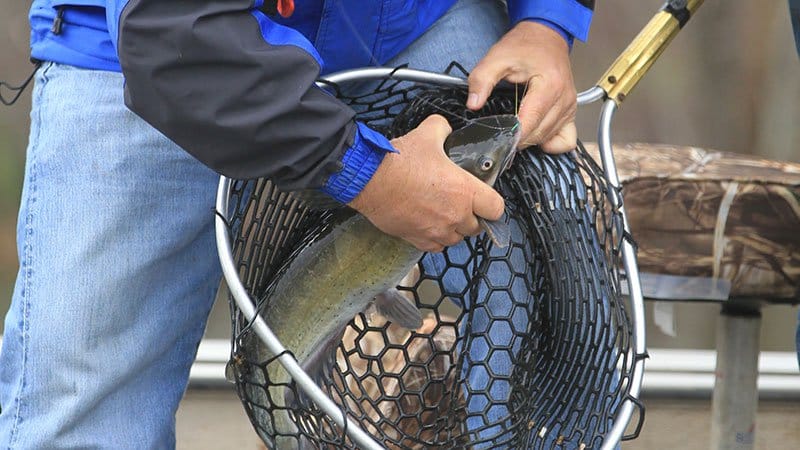
June 10, 2020
Jim Harris
Managing Editor Arkansas Wildlife Magazine
LITTLE ROCK – Some fishing conservation methods require more taking than leaving. Such is the case with several Arkansas lakes that, with no creel limits on certain species such as channel catfish, are encouraging anglers to take an unlimited number of that particular fish.
The idea is, reducing the overall population of smaller fish will help the many remaining fish grow with less of a fight for that waterway’s resources.
Marion McCollum Lake Greenlee near Brinkley and Lake Chicot in the southeast corner of Arkansas beside Lake Village are two lakes that allow the unlimited taking of channel catfish. Lake Erling in the southwest corner of the state, 20 miles southeast of Texarkana, could be added to that list for unlimited channel catfish harvest when the Arkansas Game and Fish Commission commissioners vote on new fishing regulations for the 2021-23 cycle at their August meeting. Among the other proposals awaiting a vote in August are new regulations that would eliminate limits on crappie in Lake Hogue and Lake Frierson, both in northeast Arkansas.
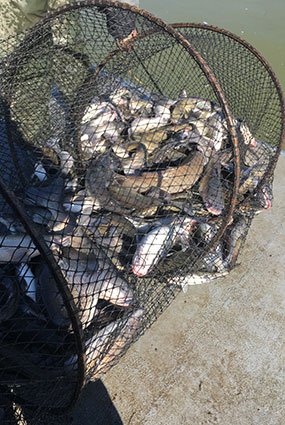
As for Lake Greenlee, “We already have been a no-limit fishery for four years,” says Justin Homan, an AGFC Fisheries biologist and leader of the division’s catfish management team. “We sampled for channel catfish in 2014, and most of what we got was 12 inches. We caught around 500 fish in our hoop nets (in the sampling), which was the highest recorded in the state. That’s when we opened it up.”
Homan said the AGFC sampled the lake June 1, and the results lived up to the expectations the agency had when Greenlee’s channel catfish were opened to no-limit fishing. “We couldn’t hardly find any fish that were 12 inches. What we’re seeing now is catfish that are 14-18 inches.”
Homan doesn’t totally credit the increased harvest for the change, noting that the AGFC has been stocking flathead catfish in Lake Greenlee, adding to the population (and, the limit on flatheads and blue catfish remain 10 total per day from the lake). “But we’re definitely seeing better size structure and lower catch rates now,” he said.
The AGFC divides the state into 10 districts in its fisheries management program. Homan says the catfish management team “kind of as a committee just tries to basically summarize data we get from around the state and help each of our district biologists, but it’s up to the local biologist in their areas to go out and determine their needs.”
Andy Yung oversees District 6 in south Arkansas, which includes Lake Erling. Like Greenlee in 2014, recent hoop net surveys of channel catfish tell the story of a lake heavily populated with channel cats, leading to the recommendation to the commissioners that limits on them be lifted to improve the overall lake.
“It’s one of those situations where there are just a lot of fish in there,” Yung said. “And Lake Erling is super productive overall, don’t get me wrong. It has a big watershed, it’s really fertile and highly productive. Erling is a tremendous bass fishery and I’d put its crappie up against anybody else. But it’s unbelievable the amount of channel catfish in that lake.”
Yung likens fish habitat to a buffet line for humans. With low numbers of people at a buffet, everyone will get plenty to eat and grow quickly and as big as possible. Pack the buffet with lots of people, though, and it’s more of a struggle for everyone to fill their needs. Such is the environment of a lake with – in Erling’s, Greenlee’s or Chicot’s case – a lot of channel catfish, or other lakes where there are lots of smallish crappie or bass. “At Lake Erling, we actually see this reflected in the growth,” he said.
Homan, meanwhile, compares it to raising cows on a small, two-acre pasture. The farmer can fertilize that pasture all he wants if he’s put 20 cows in it, Homan says, just as anglers plead with the AGFC to stock more forage in lakes. “You can fertilize it and you can do a few things here and there, but that pasture is fitted for two cows, not 20. A water body, a fishery, is only as productive as a water body will allow it to be. When you have too many individuals out there, they overwhelm it. And that’s the biggest underlying problem.
“So, in certain situations, we do encourage harvest to improve growth. Usually, when you have a problem like that with overpopulation, you’re catching fish all at the same size, they’re skinny. You can tell.”
Another conundrum that might seem counterintuitive to anglers is the relationship of annual spawning seasons to populations, Yung noted. “When we have poorer catfish spawns for Lake Erling, lower densities, those fish actually grow in the top 25 percent of all channel catfish in North America. When we have really successful spawns, creating a lot of mouths to feed, the growth is much slower. I’ve never seen such a textbook example of density-dependent growth than what’s on display in the channel catfish here.”
So, the hope is by opening up the lake to no limit on channel catfish, it will improve the overall population.
“There is no reason to restrict the harvest out there,” he said. “Restricting anglers to 10 channel cats at Erling, there’s no reason for it. Opening this lake to more harvest is likely not going to hurt, and it will very likely help it. And, our regulations aren’t set in stone. We can always go back and reinstitute a limit in the future if follow up sampling indicates the need for one. For now, we hope this change will open up more growth potential, while giving folks the opportunity if they want to harvest catfish for the freezer.”
Yung and Homan stress one aspect of fishing that may go against many anglers’ approach when they’re out on a lake and deciding to throw smaller fish back after the catch: Harvest is a good thing, they both say. Harvest is a conservation tool.
“As a biologist, I like harvest because it helps our regulations work. It throws another tool in the tool box of a biologist,” Yung said. “There are fisheries across the state that could use some harvest.”
If anglers don’t aid in the harvest goals, he adds, nature often will find a way to regulate it. This is true throughout conservation of wildlife, to sustain its overall health, Yung said. “And it’s not always pretty when nature regulates, especially when a lake is overpopulated,” he said. “There are negative things that kick in, poor growth, depleted forage bases, diseases. We can help prevent things like that through harvest.”
Length limits are another conservation tool for AGFC biologists. At Lower White Oak Lake, another fishery under Yung’s purview, size regulations for largemouth bass would change in a proposal where anglers could keep 10 fish but only one could be above 20 inches. Length limits like these can help protect trophy-size bass, he said. “That regulation is also on Lake Columbia, which has been one of the top bass lakes in the state recently. This limit allows for the harvest of smaller fish, helping fish growth by lowering the density. Once they get up to a larger size, in this case 20-plus inches, we’re giving them some protection. That 20-inch fish might have been growing 7-8 years. It might take a year or so to replace a 10-inch fish.”
Yung leads the state’s crappie management team, and he notes that crappie management can sometimes differ from bass because crappie anglers already tend to be much more harvest oriented. But harvest is still a major component of crappie management. “We often get requests for minimum length limits on crappie because anglers go out and catch tons of small fish, but no big ones. Many times, this can indicate a stunted crappie population that would strongly benefit from harvest.”
Yung notes newer technological fishing tools like the Garmin Panoptix Livescope live scanning sonar, which helps anglers spot major schools of crappie; Livescope provides sidescan and downscan views, too, and instruments like this show anglers there are “more fish in the sea,” he says.
“People don’t believe there are that many fish in a lake. But one of the things I’ve liked about some of the newer technologies is, people are now seeing them with their own eyes, and it’s often incredible how many fish are in the water,” he says.
But Yung also says he recognizes, because of the way anglers have been educated over the years, that “it’s a hard message to sell” to convince anglers to keep the little fish and throw the medium to big fish back.
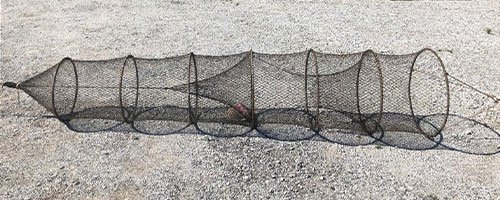
At Lake Greenlee, Homan says, the appearance of improved growth with the channel catfish means it could be time to put limits back in place, but for now the AGFC is leaving that option open. The surveys taken over the past six years show a significant rate of growth in channel cats, with only 15% of fish caught in hoop nets topping 13 inches in 2014, to where 75% in 2019 and 37% in 2020 of the hoop net catch were over 13 inches. “The 2020 sample doesn’t have as high of a percentage of larger fish because we caught a lot of 8- to 9-inch fish, which are probably a strong year class from 2019 or 2018. We’ll know more about that once we age the fish,” he said.
Then, the best proof for both anglers and the biologists in the important role of harvest will come in the years ahead when the fish on the end of the line are not small and skinny, but healthy and larger.
Recent News
Subscribe to Our Weekly Newsletter E-mails
Don’t miss another issue. Sign up now to receive the AGFC Wildlife Weekly Newsletter in your mailbox every Wednesday afternoon (Waterfowl Reports are published weekly during waterfowl season and periodically outside the season). Fishing Reports arrive on Thursdays. Fill in the following fields and hit submit. Thanks, and welcome!

